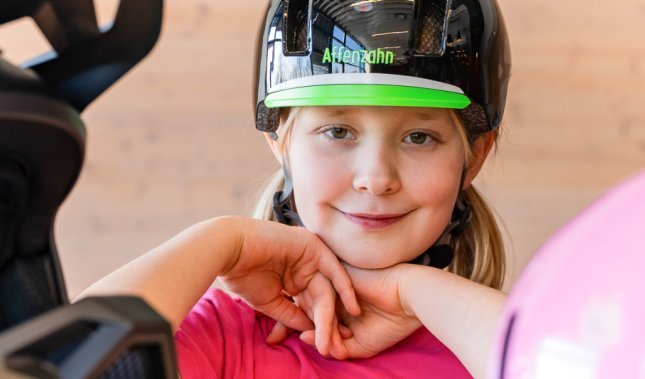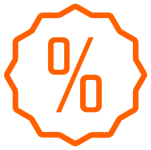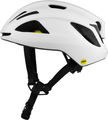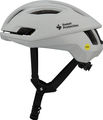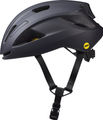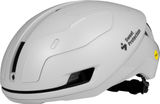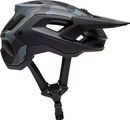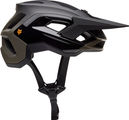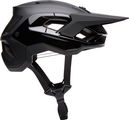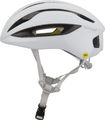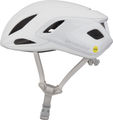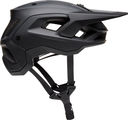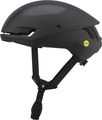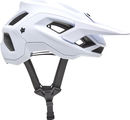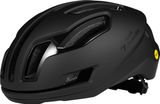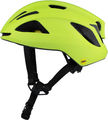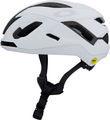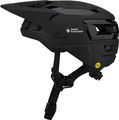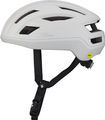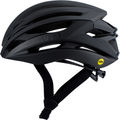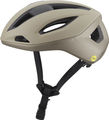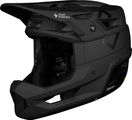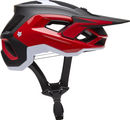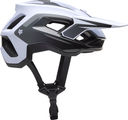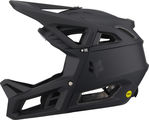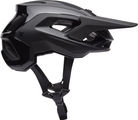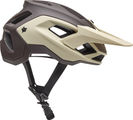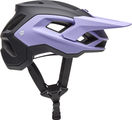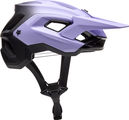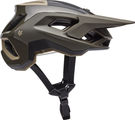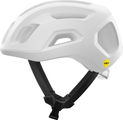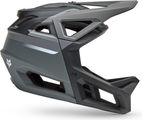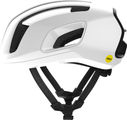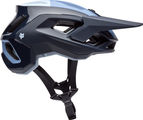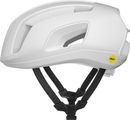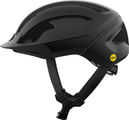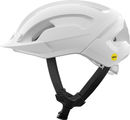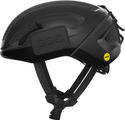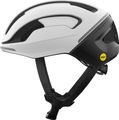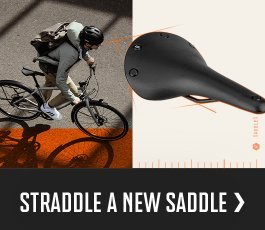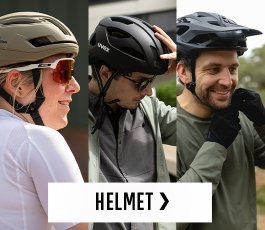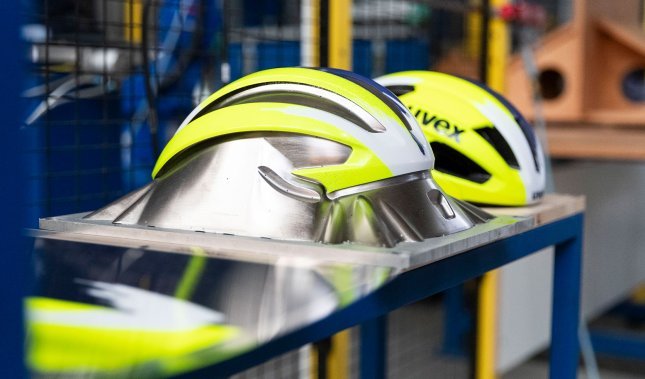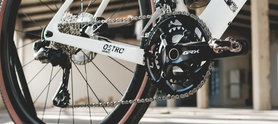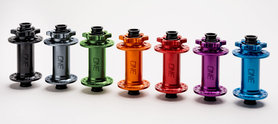Helmets
Helmet on. Ready to Ride! Find your new bike helmet at bike-components – robust MTB helmets for trails, aerodynamic road helmets, or cool urban helmets with MIPS. Safety meets style for every ride. Discover bike helmets for every head and use now!Read More HereOUR Helmets RECOMMANDATIONS
New Arrivals
Our Suggestions
Finding the Right Bike Helmet: Our Selection for Your Head
Buying a helmet is a matter of trust: Beyond a bike helmet that's suited to the intended use, your new favorite helmet mainly needs to: Fit well! Not every head fits into helmets from every manufacturer and trying them on is definitely advised before committing.
MTB Helmets: Maximum Safety and Comfort for Trail, Enduro, and Downhill.
Whether half-shell or full-face, with MIPS, Spin, 360° Turbine, KinetiCore, Koroyd, or without, an MTB helmet needs to comprehensively protect its wearer's head in a fall. Only a perfectly fitting helmet can fulfill its primary functions and not dampen your ride joy with uncomfortable pressure points.
Road Bike Helmets: Aerodynamics and Lightness for Speed on Asphalt.
In road cycling, it's all about speed. That's why the ideal road helmet needs to be as light and aerodynamic as possible. Good protection in a fall and high wearing comfort go without saying. Find your next road bike helmet at bike-components! Urban & Trekking Helmets: Your stylish and safe companion in city traffic and on trips.
Smart heads ride with helmets! Especially in the city, going "topless" is out! Safe and comfortable bike helmets and smart helmets, like the Lumos Ultra or Giro Evoke LED for a safe journey to university or the office or for that weekend trip to the countryside, can be found at bike-components.
Kids Helmets: Optimal protection and cool designs for the young ones.
The second most important thing next to optimal protection in a bike helmet for kids is acceptance! Only if kids wear their helmet voluntarily and happily can it protect your offspring in a fall. Therefore, a kids helmet needs to fit well and be liked by the child. A large selection of safe kids helmets in bright, cheerful colors with reflective elements, like the models from Affenzahn, is available in our shop.
Gravel Helmets: All-rounders for road, trail, and bikepacking.
Somewhere, away from the stress of the road, lies the peace of picturesque gravel paths: Whether you enjoy a quick ride after work or long bikepacking trips are your thing – it's not happening without a well-fitting gravel helmet. At bike-components, you can find gravel helmets for every taste and budget from leading brands like POC, Sweet Protection, Specialized, Giro, Smith or MET.
Everything About Your Helmet: Technology, Care & Accessories
What makes a good helmet? Modern bike helmets should combine high wearing comfort with high protection. While aerodynamics are an additional factor for road bikes, visibility through reflective elements, bright colors, and active lighting comes into play for city rides.
Blog Articles on Helmets:
Find out here how to find a fitting bike helmet and adjust it properly: How to fit your bicycle helmet correctly
We explain how to properly put a bike helmet on your child in this article: How do I properly put a bike helmet on my kid?
High-Performance Road Bike Helmet tested on the Nürburgring: uvex surge aero MIPS Helmet test.
Helmet FAQ
Which bike helmets are the best?
The best bike helmets are those that fit your head and your intended use perfectly. Models from top brands like Uvex, POC or Specialized often perform well in tests. Look for tested safety (EN 1078), the right fit, and features like MIPS for additional protection.
How can I recognize a good bike helmet?
A good bike helmet must meet the EN 1078 standard and should sit on your head comfortably and without causing pressure points, even when worn for longer periods.
What does MIPS mean in a bike helmet?
MIPS stands for 'Multi-Directional Impact Protection System'. This and similar technologies in bike helmets aim to reduce rotational forces that can be applied to the head during an angled impact, thereby lowering the risk of certain brain injuries. Discover our selection of MIPS helmets here.
How old can a bike helmet be i.e., when should it be replaced?
Most manufacturers recommend replacing a bike helmet after about 3–5 years of use, as the material ages. After a fall, the helmet should always be replaced immediately, even if no external damage is visible.
What kind of helmet do I need for an e-bike?
For normal e-bikes (pedelecs up to 25 km/h), a good standard bike helmet according to EN 1078 is usually sufficient. For faster S-pedelecs (up to 45 km/h), special helmets are required, which must comply with the NTA 8776 standard and offer extended protection. Discover our selection for E-Bike & Pedelec helmets.
For use on an e-MTB, you'll find suitable MTB helmets. It's especially important on an e-MTB that your new helmet doesn't press or chafe even after wearing it for a long time.
How do I find the right helmet size?
Measure your head circumference at the widest part (about 1-2 cm above the eyebrows) with a measuring tape. The measured centimeters correspond to the helmet size. Many of our helmets are also adjustable with a dial at the back of the head. Find detailed info in our article “How to fit your bicycle helmet correctly”
What's the difference between MTB helmets and road bike helmets?
MTB helmets are usually tougher and cover a larger area, especially around the back of the head, to provide enough protection for your noggin even when crashing in rocky terrain. You can also spot MTB helmets by their visor, which helps shield you from the sun, branches, and the style police. Road helmets, on the other hand, prioritize being lightweight, having maximum ventilation, and benefiting from good aerodynamics.
Are there special helmets for people who wear glasses or have a ponytail?
Since most people ride their bikes with glasses anyway, bike helmets generally allow wearing glasses. As for your ponytail or braid, you'll need to try out which model fits you best.
Advice
Tips and Tricks
